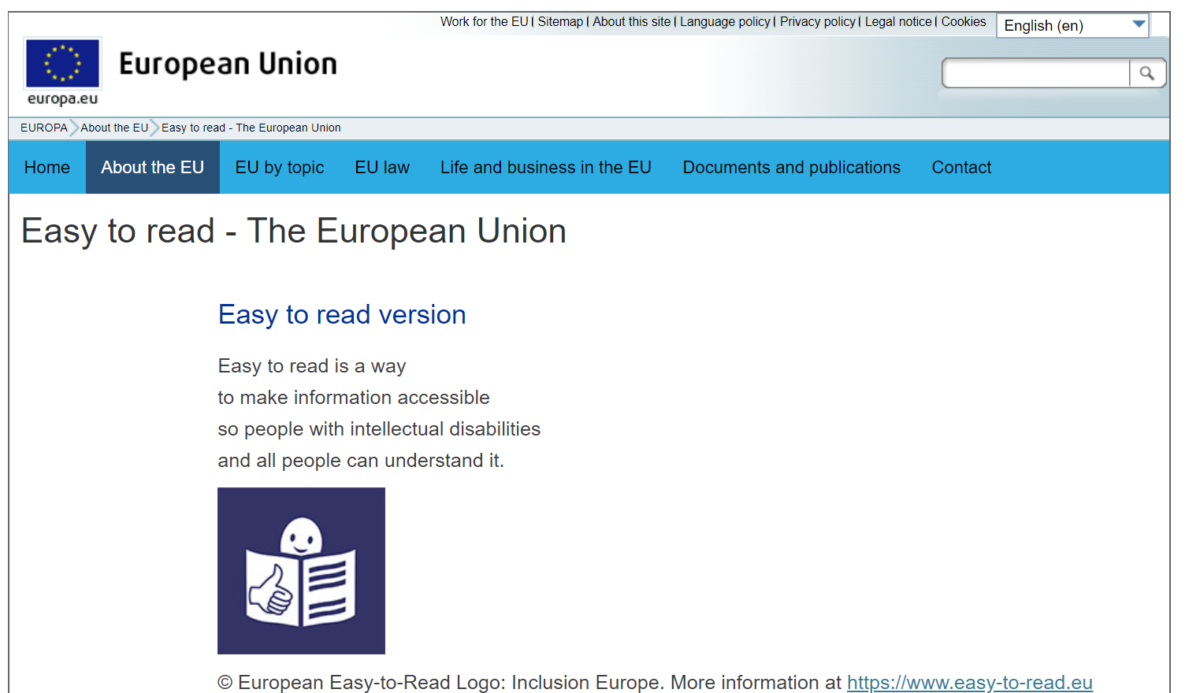Nowadays going zero waste is one of the most popular trends – luckily it is one of the most progressive ones as well. You can read many articles on how to apply zero waste policies in your home, but have you ever considered how you can do this in the office? Or, as a manager, how you could support your office in achieving this? In this blog entry, we will look at some tips and tricks to transform your office into a sustainable work environment.
Of course, the first step is the hardest, but there are productive methods to take this initial leap of faith. Setting up a target can be inclusive enough to have every colleague involved in the action, even some sort of a mission statement can be released – nothing serious, but in addition to providing a precise framework for your quest, it can be published on the website as well, inviting your partners to join with your initiative. It might be surprising, but you should start your zero-waste policy by decluttering – how could you maintain a zero-waste environment when the office itself is full of things you don’t use anymore? Get rid of everything unnecessary – but don’t forget about recycling or reusing items, even at this stage.
Maybe the most wasteful area in an office is paper management, so it is imperative to minimise paper waste as much as possible. First and foremost, printing should be avoided as much as possible. While printing cannot be entirely eliminated from the office workflow, you can store files only in their digital form (e.g. cloud storage), and if printing is necessary, use recycled paper and two-sided printing settings. Unused or faulty prints can later be perfect for taking notes. By the way, be aware when using post-it notes as these might not be acceptable for recycling – contact your local authorities for further information and reuse paper waste or opt for digital apps for note-taking. You can go zero waste with your office supplies as well. Try to use refillable printer consumables, pens, and choose highlighter pencils instead of disposable highlighters.
Another important aspect of going zero waste is waste control. We tend to use an immense amount of plastic, so eliminating it from the office is not just a crucial step but also one of the most easily achievable. Ban plastic kitchenware from the kitchen, it can give a personal touch if every colleague has their own mugs and/or glasses for drinking. Forget about coffee capsules as well as you might not even notice how much plastic you throw away – substitute these with instant coffee (but not sachets of coffee!) for quick refreshment. Teabags can generate as much waste as capsules, so it is worth substituting them with tea leaves. Naturally, one of the key elements of a zero-waste office is to collect recyclable waste separately. It might help the efficiency of this method if you provide some quick guidelines on what and how to separate. This can be complemented by composting – small composting containers can be installed in the office or near the office where organic waste can be collected and transformed into fertilised soil. This way, the amount of communal waste is significantly reduced, while recycling techniques might be implemented, even outside the office. While it might not seem relevant at first, a flexible lunchtime that allows for employees to lunch out not only reduces resource use in the office, but it can also be refreshing for the employees to leave for a short while.
It might take some time to find those measures that can be successfully adapted in the workflow and lifestyle of your office, but it is worth gradually including sustainability among the core values of your business. Regardless of whether you try to make the first step, or you would like to expand your eco-friendly tools in the office, several environmental organisations (e.g. WWF) provide guidelines, programmes and certifications to help you reach your set target.
Written by Zsolt Beke




